
Ngari Weather and Temperature: best time to visit Kailash and Manasarovar
At the core area of northern Qinghai-Tibet Plateau, Ngari is known as the King of Mountains, since the Himalayas and the Gangdise Ranges gather here. At the same time, it is the source for the Brahmaputra River, the Indus River, and the Ganges River, and is also known as the cradle of rivers. Hundreds of thousands of travelers are attracted to Ngari every year by its spectacular scenery and mysterious culture, and there are few places in Tibet that are quite as stunning in terms of dramatic landscapes as this remote area in the northwest of the Tibet Autonomous Region.
With an average altitude that exceeds 4,500 meters, Ngari is one of the highest areas of Tibet, and is the furthest prefecture from the Tibetan Capital of Lhasa. An arid and desolate landscape in many places, Ngari was once the heart of the ancient Guge Kingdom in the 10th and 11th centuries, and is best known for the world’s most sacred mountain, Mount Kailash, and the stunning Lake Manasarovar, one of the Great Three Sacred Lakes of Tibet. A dry and windy landscape, Ngari sees very little rain throughout the year, and even in the monsoon season in July and August, only around 21-23mm of rain falls in each month.
Ngari Weather Monthly on Average
Sitting at its high-altitude location, Ngari has an annual average temperature of 0°C, but its daily average temperatures can vary greatly. Across the year, average daily temperatures range from as low as -12°C to as high as 14°C, with record highs and lows that can reach up to 32°C in July and as low as -36°C in January. The daily temperatures range greatly from those at night, dropping on average by around 14 degrees between day and night.
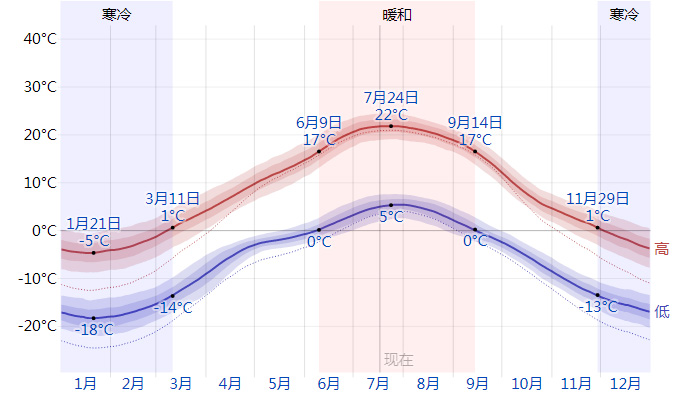 The max and min average temperatures of Ngari in each month
The max and min average temperatures of Ngari in each month
In the summer months, from June to September, temperatures average from 16°C to 21°C, while in the winter months, it is common to see temperatures of 0°C to -4°C during the daytime. With the exception of July and August, nights are normally around or below freezing, with January being the coldest month of the year on average. Winds are also a common factor in the area, with average winds blowing at around 8 miles an hour and gusts of up to 20 miles an hour in the winter months.
Best Time to Visit Kailash and Manasarovar - April, May, June, September, October
While most of the Tibetan plateau region can be visited throughout the year, Ngari is one of the few places that you do not want to visit in the winter months. Winters in Ngari are often too cold to travel comfortably, and the intensely cold temperatures at night can make you feel as if your very bones are freezing.
The best time to travel to the area is from April to June, once the bitter cold of winter has dissipated and the weather is starting to warm up a little. The weather can still be a little cold at night, and there is a chance that the roads can still be blocked in April, though the modern asphalt roads to Ngari are now kept pretty clear. May and June are much warmer, and more comfortable for travel. With the clear skies and pleasant temperatures, there is no better time to visit the area.
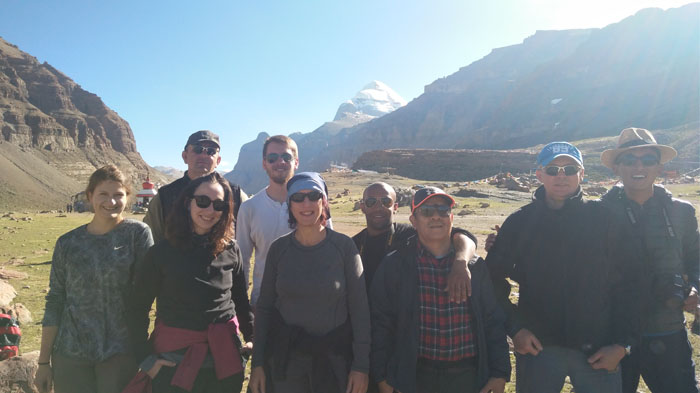 Our clients have enjoyed the splendid scenery in Kailash Kora at May, 2019.
Our clients have enjoyed the splendid scenery in Kailash Kora at May, 2019.
The second best time to visit is normally listed as from September to October, when the summer has passed on and the rains of the plateau have subsided. This is the time when the area is greenest, after the rains have prompted the growth of lush green grasses in the meadows and plains. The weather is clear and bright, although starting to cool off a little from the “heat” of summer.
Summer is often rated as a time not to visit Ngari, due to it being the monsoon season in Tibet and the time of most rain. However, most of Ngari sees very little rain even in the peak of the monsoon period, and there is little to stop you visiting if you want to see the prefecture at its greenest. The lighter monsoon rains of July and August reach only around 22mm for each month, and with the warmer temperatures hitting as high as 20-21 degrees during the day, and only dropping to around 7°C at night, this is a pleasant and warm time to visit.
Time Your Kailash Tour with Traditional Tibetan Festivals
One of the best ways to plan a trip to Ngari Prefecture is to coincide your visit with one of the amazing Buddhist festivals that can be found in Tibet. Some of the Tibetan festivals are area and location specific, and in Ngari, these locally-held festivals are some of the grandest on the plateau.
Kailash Saga Dawa Festival (May 26, 2021)
While the Saga Dawa Festival is held in many places across Tibet, including being very popular in Lhasa, there is no better place to experience this unique festival than at the foot of the sacred Mount Kailash in Ngari. Known locally as Gang Rinpoche, Mount Kailash is a sacred mountain in four religions, and is the most spectacular place in the world to experience the Saga Dawa Festival. Known as the “month of merits” for the Tibetan Buddhist people, Saga Dawa at Mount Kailash is an ancient ritual festival that is dominated by monastic chanting, religious rituals, and the sacred kora around the mountain, and is held to celebrate the birth, enlightenment, and death of Buddha.
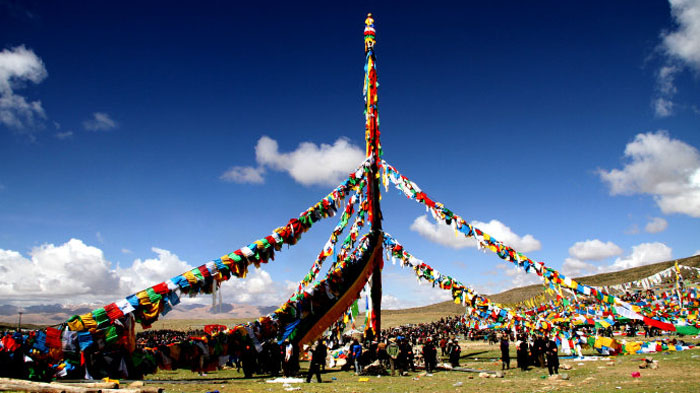 Join in the hilarious Saga Dawa Festival at Mount Kailash, Ngrai
Join in the hilarious Saga Dawa Festival at Mount Kailash, Ngrai
As the sun comes up, the monks and lamas start to perform the rituals and chants that precede the main activities, which is attended by thousands upon thousands of pilgrims and tourists from all around the world. After the rituals, the famous flagpole at Tarboche is laid down and the prayer flags replaced with new ones before being erected once again for another year by an expert pole setter, to ensure that it is straight. After the ritual of the flagpole, the pilgrims and many of the tourists head for the valley to the west of the sacred mountain and the start of the 52-kilometer kora route that circumambulates the mountain. While most tourists take around three days to make this trek, some devout pilgrims can do it in one day, while others take as much as a month to make one circuit, prostrating at every step.
>> Check the details of 15 Days Tour Kailash in Saga Dawa Festival.
Ongkor Festival (July - August)
Held in July or August each year, the Ongkor Festival is held to pray for and celebrate a bumper harvest of crops for the harvest season that is soon to start. In Tibetan, Ongkor means to “surround the farmland”, and the festival is indeed a kind of mini-kora pilgrimage for the farming communities to pray for a good harvest for that year. However, since the crops ripen at their own speed, the timing of the Ongkor festival is not always accurate in Ngari, and begins once the crops are almost ready for harvest. When the sunlight spreads over the golden wheat fields on the first day morning, farmers would parade around the edge of fields with the ears of wheat in hand, while Lamas and seniors would form an honor guard and hold up the Buddha, walking ahead and chanting for the good reap in favor with Gods. Activities like horse racing, shooting, dancing, singing, Tibetan traditional opera, etc. would be included.
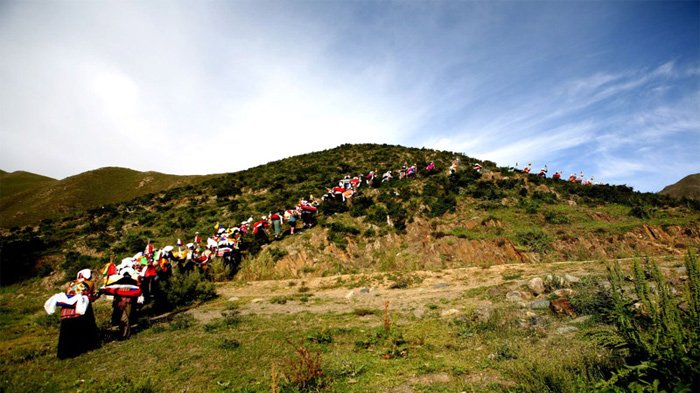 Locals circled the mini-kora pilgrimage for the farming communities to pray for a good harvest.
Locals circled the mini-kora pilgrimage for the farming communities to pray for a good harvest.
Bangong Folk Festival (June - August)
Held around the area of Bangong Co, the “high-grassland lake” in Rutog County of Ngari, this unique little festival is held annually in July or August, depending on the Tibetan calendar dates. Ngari and Rutog County are both places where folk legends, myths, and proverbs can be found, and there are many folk tales about the ancient peoples of the Zhangzhung and Guge kingdoms in the region. The festival has only been held here since 2002, and is a great place for seeing such activities as horse racing, equestrian performances, and sports competitions, without the crowds of most of the festivals in Tibet. There is also a huge campfire party that lasts long into the night, as well as great local fairs.
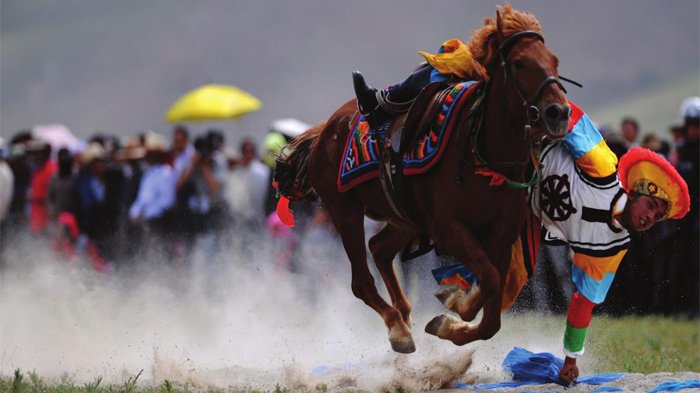 Horse racing and traditional equestrian performance at Bangong Folk Festival
Horse racing and traditional equestrian performance at Bangong Folk Festival
Zhangzhung Cultural Festival (August 1 - August 31)
Zhangzhung was once a kingdom in the early history of Tibet, and was dominated by the Tubo Kingdom in the 7th century. The capital of the Zhangzhung Kingdom was located in the Sutlej River basin, which was the cradle of Zhangzhung culture, including its religion, characters, medicine, etc. The Zhangzhung culture has significantly influenced Tibetan customs and philosophies across the plateau and played an important role in the history of Tibetan civilization. The Zhangzhung Cultural Festival has been established by the local government to advocate its rich cultural heritage, and lasts for a whole month from the first to the last days of August every year.
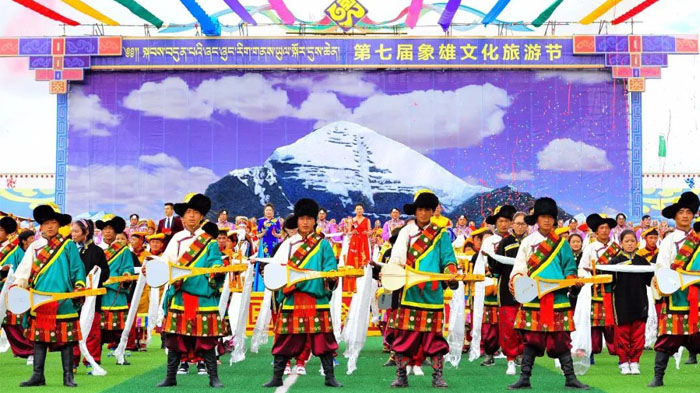 Local Tibetans are celebrating Zhangzhung Cultural Fesival at Shiquanhe Town, Ngari.
Local Tibetans are celebrating Zhangzhung Cultural Fesival at Shiquanhe Town, Ngari.
Where to Check Kailash Manasarovar Temperature before You Come
There are plenty of places where you can check temperatures and climates for Tibet before you travel, and a good search of Google can give you real-time weather and climate data for anywhere in Tibet. However, if you really want to know what the weather is currently like in Ngari, then you’d better contact us. Our expert advisors can give you the best in real-time weather data and forecasts from the local weather stations in Tibet to make sure that you know what the current weather in Ngari is like before you arrive.
What to Pack for Ali Travel and Tours
When traveling to Ali on a tour, you need to ensure that you pack the right equipment and clothing, as it can get pretty cold at night in this remote region of Tibet. Even in the best months of the year, it can still get cold in the Ngari region of Tibet, and the biting winds can make it feel even colder than you would expect. Warm clothing is essential, and if you are planning on camping, then a good tent and arctic-rated sleeping bag are required.
The basic packing requirements for this area should include:
● Strong hiking boots (even if you are not trekking as the terrain is rough and rocky around most of the area)
● Waterproof hiking pants and windproof outer pants
● Wind and waterproof jackets, as light as possible
● Good woolen socks and warm underwear
● Thermal shirt and pants for colder weather
● Several layers of medium thickness trekking t-shirts
● Waterproof rain shell
● Heavy Jacket for extreme cold weather
● Fleece or down jacket
● Warm gloves, preferably Gore-Tex
● A good warm hat or beanie
● Sunglasses for eye protection
● Trekking poles (if trekking)
● Medium Backpack
● Sleeping bag and tent (if camping)
● Torch or headlamp
● First aid kit
● Quick-drying alpine towels
● Water bottles
Western Tibet Ngari Travel Permits Needed
You should also make sure that all your permits are easily accessible, as you will encounter checkpoints at many places across the plateau, and will need to show the documents to the local checkpoint guards. A visit to Ngari requires you to have the Tibet Travel Permit, the Alien’s Travel Permit, the Frontier Pass, and the Restricted Areas Permit, all of which can be obtained by us before your trip starts. All you need to do is contact us for all the information and to discuss your tour options.
Conclusion
If you are planning to travel to Ngari in western Tibet, then you have a wide range of options for getting there, visiting the amazing sights and festivals, and exploring the awesome ancient cultures of the Zhangzhung and Guge Kingdoms. A trip to Ngari may be a little off the beaten path for most tourists to Tibet, but this arid and desolate land has its own unique charm, not to mention the most sacred lake and mountain in Tibet.
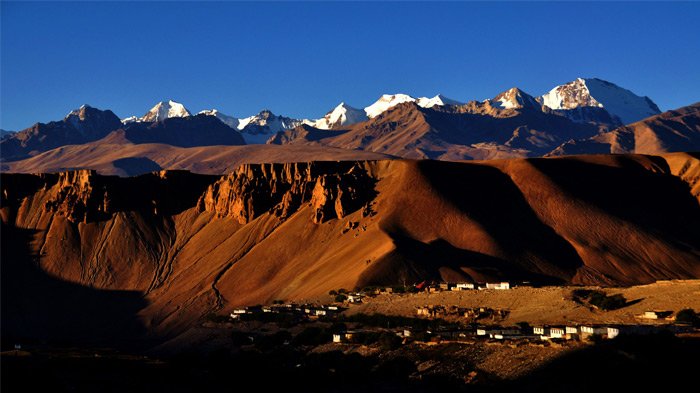
A Distant View of Kailash Range

Snow capped Mt.Kailash
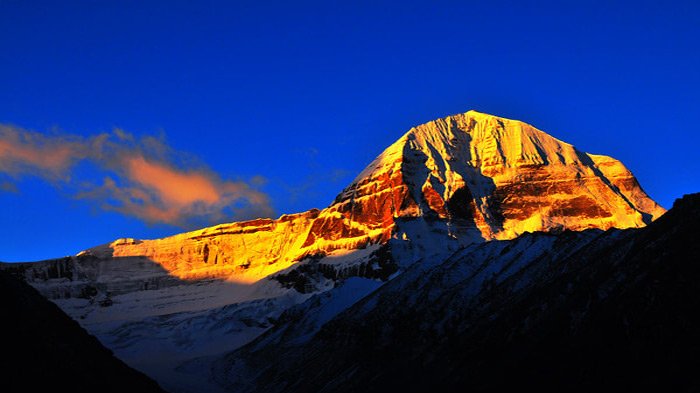
Mt.Kailash at sunset

Golden Ngari in autumn

Tourists and local people joined in Lake-round Cycling.
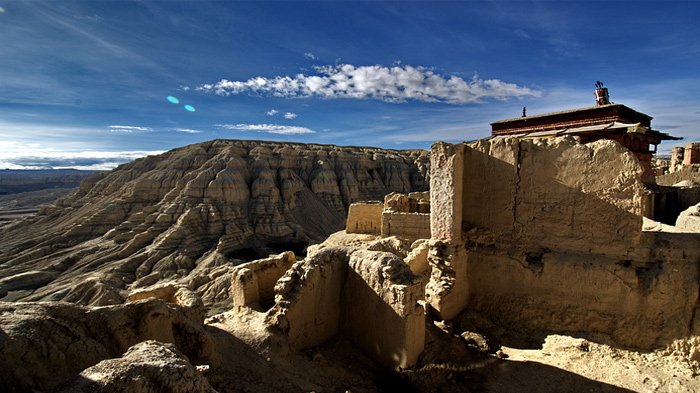
Ruins of Zhangzhung Kingdom
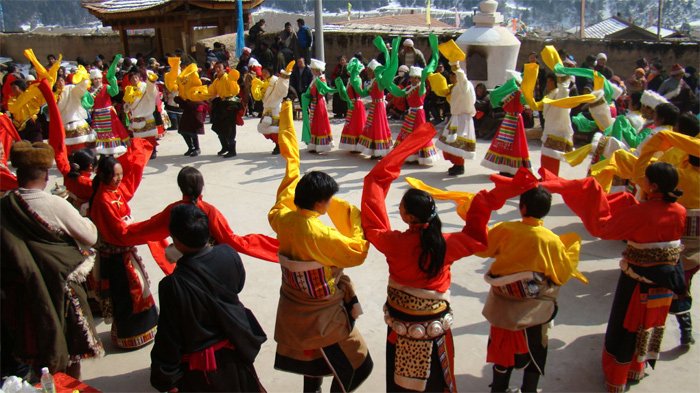
Local people attended Zhangzhung Cultural Festival in beautiful festival clothes.

Dawa,an excellent tour guide in our company, was born in 1976 in shigatse, where the home of Mt. Everest. Before being a guide, Dawa learnt Buddhism, Tibetan culture as well as English in a college for 10 years. After finished study, he became a tour guide in our company CITS, and had being a guide for more than 11years. His great knowledge about Tibet and its unique culture attracts tourists from all over the world. Would you like to come joining us with Dawa and take a unique experience in Tibet?


.jpg)


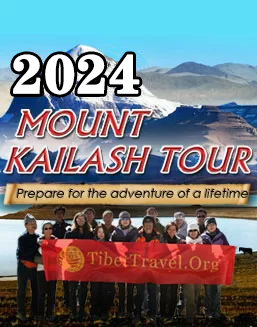

0 Comment ON "Ngari Weather and Temperature: best time to visit Kailash and Manasarovar"